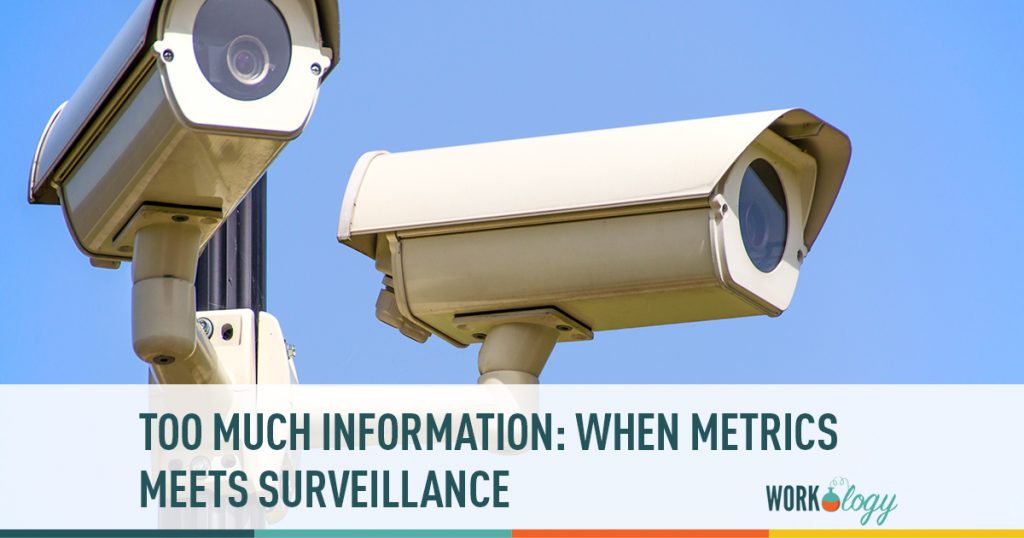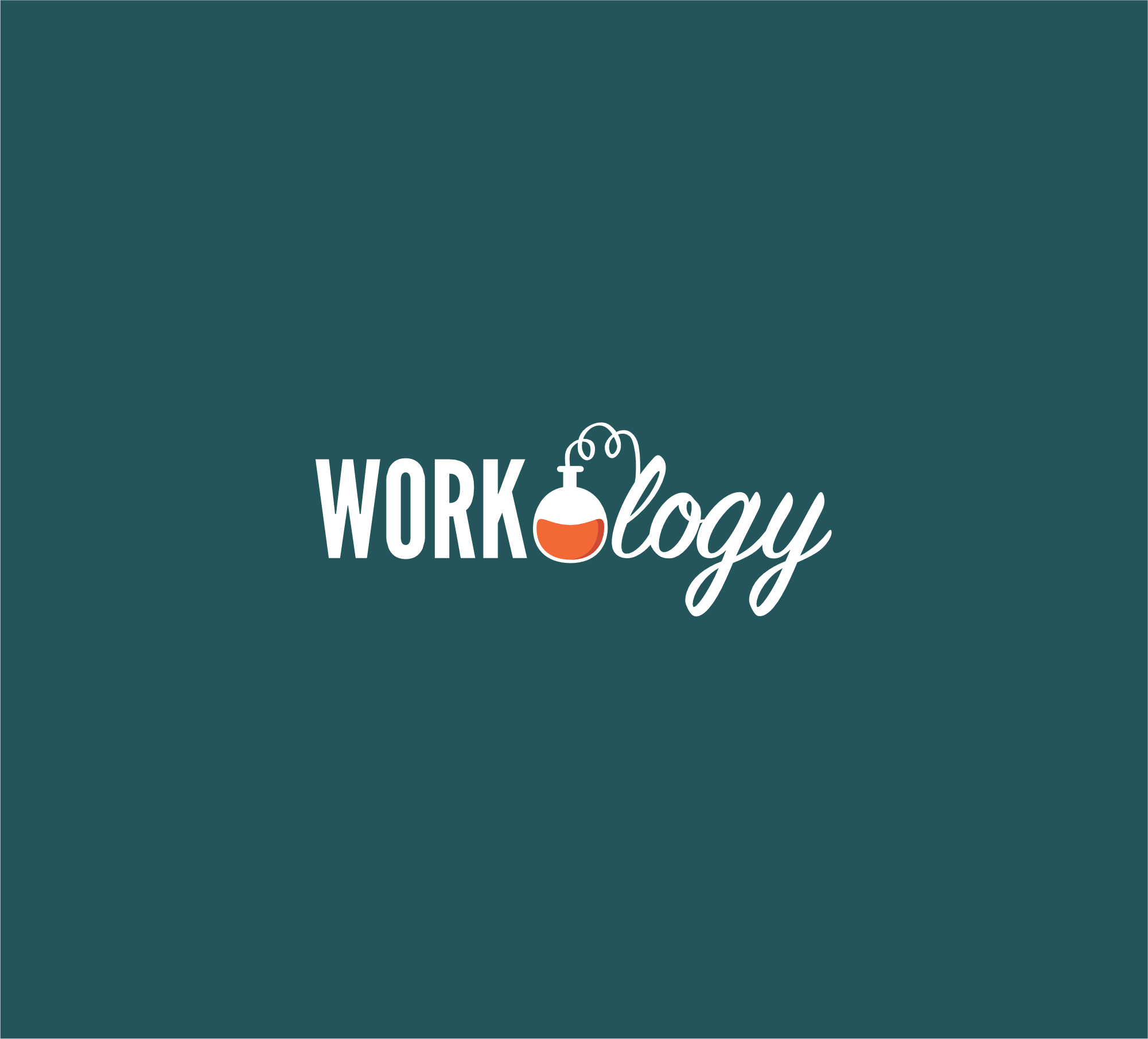What’s the line between workplace metrics, good communication and surveillance? Odo, a new product from online survey platform Qualtrics, raises this debate once again. Reported on by Cale Guthrie Weissman at Fast Company yesterday, the program’s features include internal chat, task assignment, metrics and “access to birds-eye cameras looking over the office’s entire open floor plan.”
When Metrics Meets Surveillance
As workplace metrics become more detailed, ubiquitous and paired with wearables and other smart tech, discomfort with what can appear to be employee surveillance grows. It’s not an unfounded fear, because early efforts at efficiency in the workplace often went hand in glove with surveilling employees. Think of a factory foreman’s or manager’s perch, or how easily early workplace metrics tipped over into measuring the worth of workers’ bodies. Even tracking programs sincerely aimed at improving efficiency and effectiveness, and not monitoring employees to death, can feel like an imposition if not designed with real human needs in mind. It’s very easy for such programs to get stuck on tracking the person and not the work, getting bogged down in employee attention rather than employee effectiveness, managing every second of an employee’s day.
What’s different about this new wave of workplace metrics programs is transparency. Information doesn’t necessarily flow from bottom to top, worker to manager to owner, but flows in multiple directions. While managers are learning more about their teams, team members are learning more about their managers and how they do their jobs. This can enable a workplace culture of sharing and cooperation — or it can enable a workplace culture of paranoia and gossip. Project management software paired with internal chat can give office (and remote) workers a comforting sense of awareness and connectivity, a bit of information about who’s up to what and when. Workers get a better sense of how managers spend their days and when they might be free for a chat. These are good things.
But not all workplace management and communication suites produce positive results. Where program design meets people, there are always interesting and often unexpected results. In an essay published last week, ex Google Design Ethicist, Tristan Harris, pointed out that all programs are designed with a particular focus in mind. They narrow your choices to what’s available in their menus and their very design affects how you decide between those options. Product designers use their understanding of human psychology to influence user behaviour — and not always in ways that benefit users. Even when the manipulation is unconscious, it’s still present. The tool affects the user, even as the user puts the tool to work.
Odo is meant to enable a workplace culture of “radical transparency,” and Qualtrics’ CEO, Ryan Smith, told Fast Company that its use in their workplace is part of why the company is doing so well. In addition to its internal communication tools, Odo handles much of the repetitive paperwork that gets us all down, including basic onboarding, metrics and task assignment and tracking. The Odo dashboard gives employees a constant stream of updates on other employees and departments, allowing them to see achievements or setbacks in more or less real time and comment on them, and gives them feeds to overhead cameras that have been placed all over the office.
Smith says that access to cameras merely allows everyone in the office to find each other, not to spy on each other. It might also offer a sense of teamwork, checking the feed and seeing rows of hardworking Qualtrics employees. One interesting feature is that office drink stations — or the new water coolers — have cameras too, and they’re connected to cameras at every other drink station, even in overseas offices. So a stop by the water cooler can let you check in with other Qualtrics employees all over the world. Unlike the overhead cameras, this feature brings to mind fewer Big Brother (Big Cubicle?) associations. After all, isn’t the water cooler, or kitchen, where we’ve always gone to connect?
But what if Odo wasn’t used in aid of “radical transparency” but instead was used so that employees could be encouraged to monitor each other and even themselves? In a fiercely competitive atmosphere a program like Odo would encourage employees to monitor their nemesis’ feeds, hunting out weaknesses. In a toxic workplace where employees feel unsafe, Odo and similar programs would only make employees feel even less safe, even hunted. Even the most positive of work environments can be transformed in unexpected ways by such tools, especially as they become commonplace.
As Weissman notes, “that’s the insidiousness of the radical transparency. The platform looks like any other piece of mundane work software you operate, and its abilities become normalized.” It’s time now, before the next generation of workplace metrics and/or surveillance tools becomes normalized to think about where those lines between metrics, communication and surveillance should be drawn.







